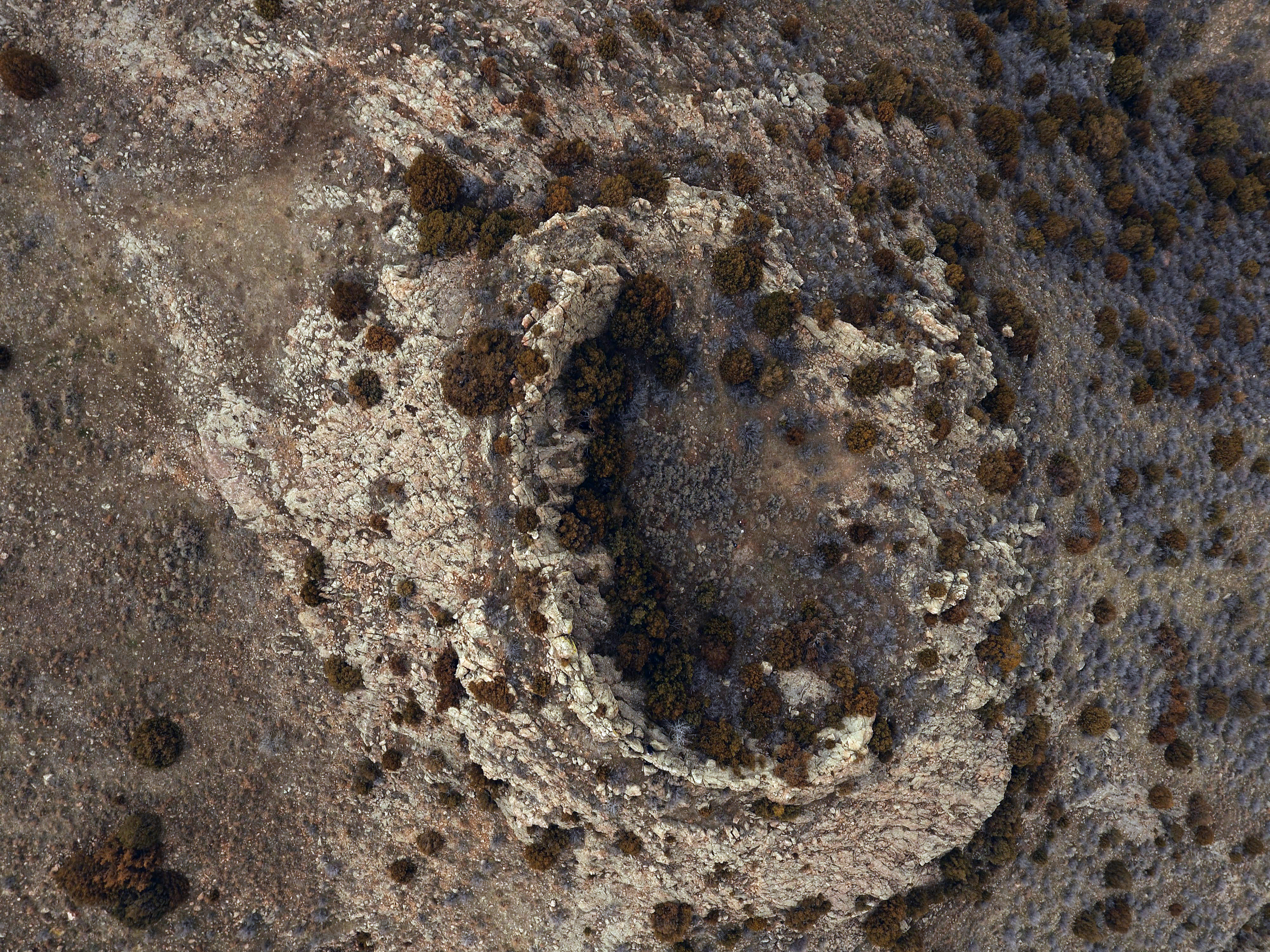
One of the more frustrating things about our planet is old structures gradually get filled in and hidden beneath layers of plants, dirt, and all the material that is carried in the wind. On a personal level, my lawn is determined to consume and hide stepping stones. On a more global level, we see ancient cities lost beneath millennia of sedimentation and dinosaur bones lost into what have become mountains.
Trying to understand the history of our world is made a whole lot more complex because the details of our past are literally filled in with dirt.
Worlds like the Moon and Mercury show their entire history on their surface, and even Mars has billion-year-old features still well defined on its face. These ancient features allow us to understand that planets and moons are experiencing regular rockfall, and when large enough asteroids hit a world, we see radial streaks of material and smaller craters that are caused by the excavated material going up and coming back down.
These secondary craters and radial streaks are easy to make out on other worlds but had never been found on Earth, until now.
Researchers examining 10-70 meter craters in a layer of Permian era rock and soil, discovered these 280 million-year-old features are aligned and shaped in specific ways that indicate these are not the result of a broken-up rock falling in chunks from the sky but instead are Earth’s first example of our planet hitting itself. Following the physics points toward these Wyoming craters resulting from the formation of a 50-65 kilometer diameter crater that is deeply buried somewhere near the Wyoming-Nebraska border.
When we look at the Moon and other rocky objects and see a world of craters, we are seeing what has also happened here. Our world just likes to fill in its craters and hide its scars.
More Information
GSA press release
“Secondary cratering on Earth: The Wyoming impact crater field,” Thomas Kenkmann et al., 2022 February 11, GSA Bulletin




 Join the Crew!
Join the Crew!
 Escape Velocity Space News
Escape Velocity Space News
0 Comments